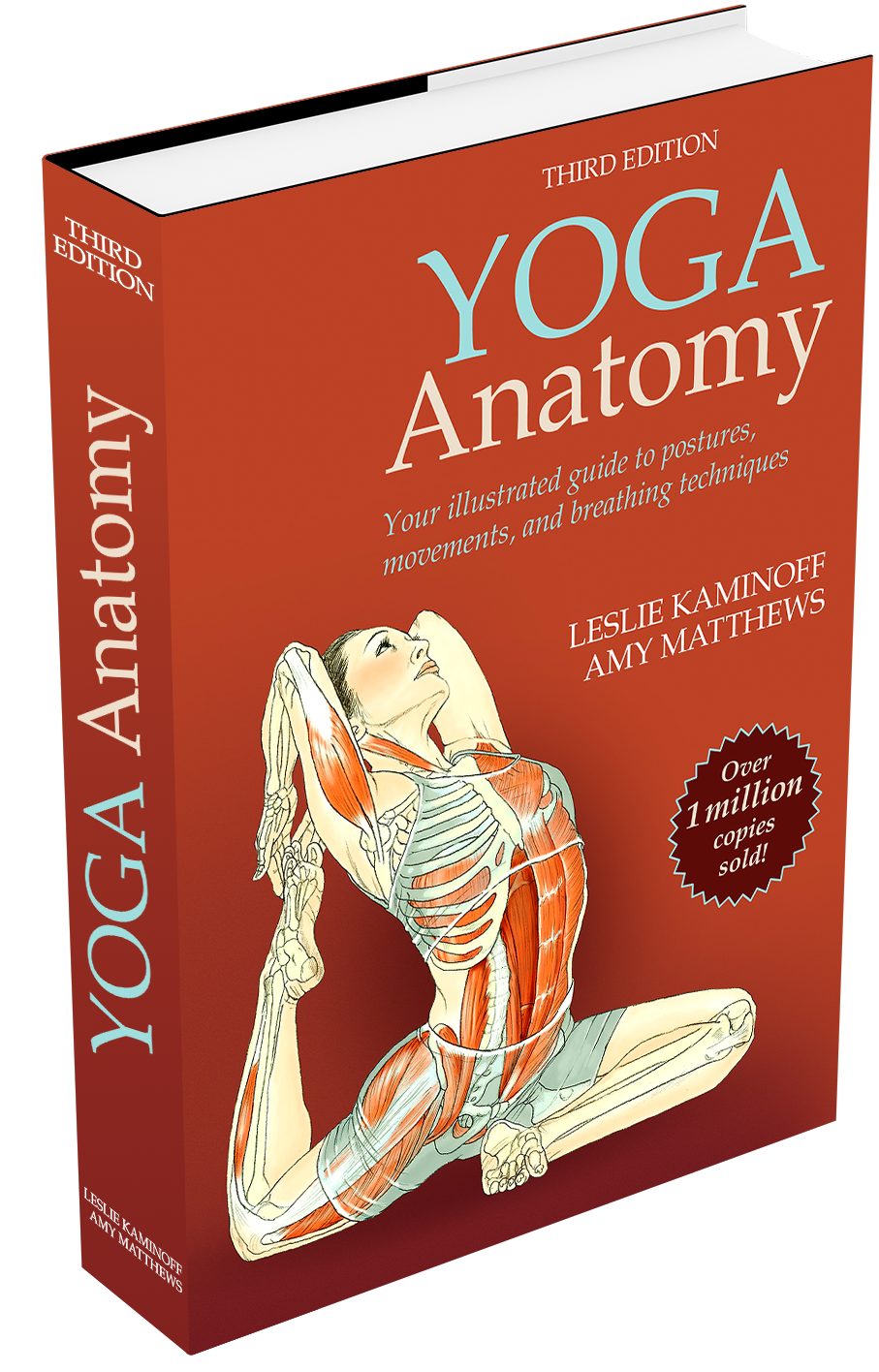Janu Sirsasana

Head-to-knee pose
Notes
The asymmetry of this pose reveals how our preferences for habitually using one side of the body (our sidedness) is exhibited in the back muscles. Janu sirsasana can also reveal sidedness in the relative stability or mobility of the SI joints. Everyone has an “easy” and a “hard” side in this pose because of the inherent asymmetries of the human body.
The more mobile the SI joint is on the side of the flexed leg, the easier it is to turn and face the extended leg. This is especially true as the spine extends toward the extended leg. As hip flexion deepens, less spinal flexion is required. Because this further limits the rotation in the lumbar spine, more movement then needs to happen at the SI joint.
It is very common to overmobilize the SI joint in janu sirsasana. This happens when the pose is pushed or flexed too forcefully and movement is directed into one joint, rather than distributed through several joints. In this pose, as in many others, a little movement in a lot of places will give you the most range of motion without demanding too much movement in any single joint. To find this distribution of movement through the joints, it is important to identify the joints that move most easily (and encourage them to do less) and the joints that move less easily (and encourage them to do more).
Alternately, immobility of the pelvic joint can lead to excessive torque in the bent-leg knee joint. Many yogis report meniscus tears occurring as they move into this pose. This happens in a partially flexed knee as the pelvis flexes forward, taking the femur with it, which grinds the medial femoral condyle into the medial meniscus. Ensuring that the bent leg is truly fully flexed will move the meniscus safely to the back of the joint.
All this points to the fact that the potential stresses to the spine and SI, hip, and knee joints need to be evenly distributed so that no one structure takes all the force of this pose.
Images from the book Yoga Anatomy by Leslie Kaminoff & Amy Matthews displayed on this website are used under license.

Love Learning with Leslie?
Study with him personally online, from anywhere in the world.
Which course is right for me?
